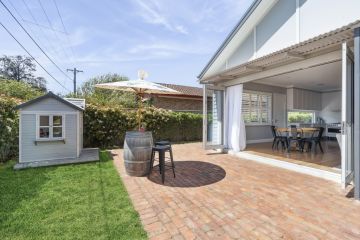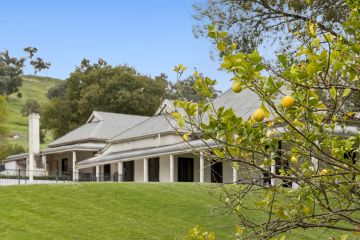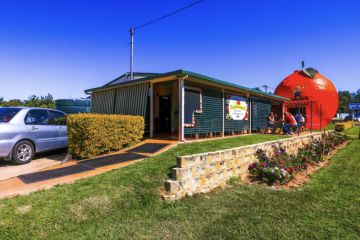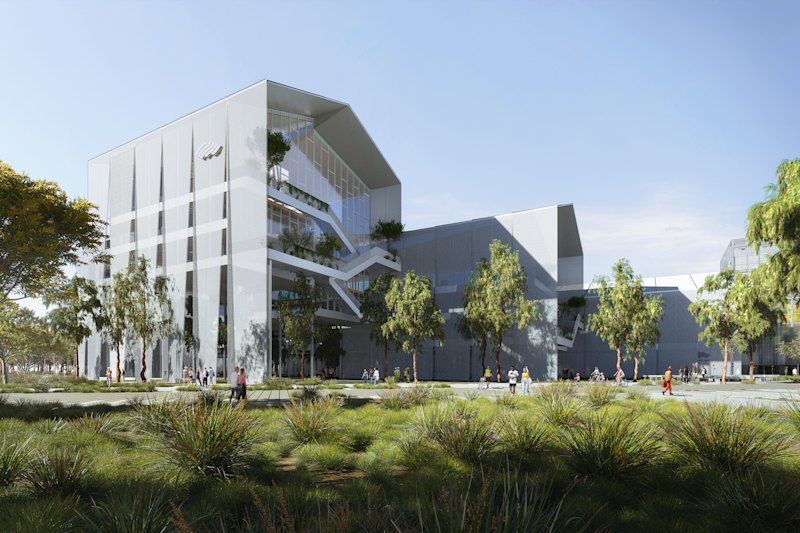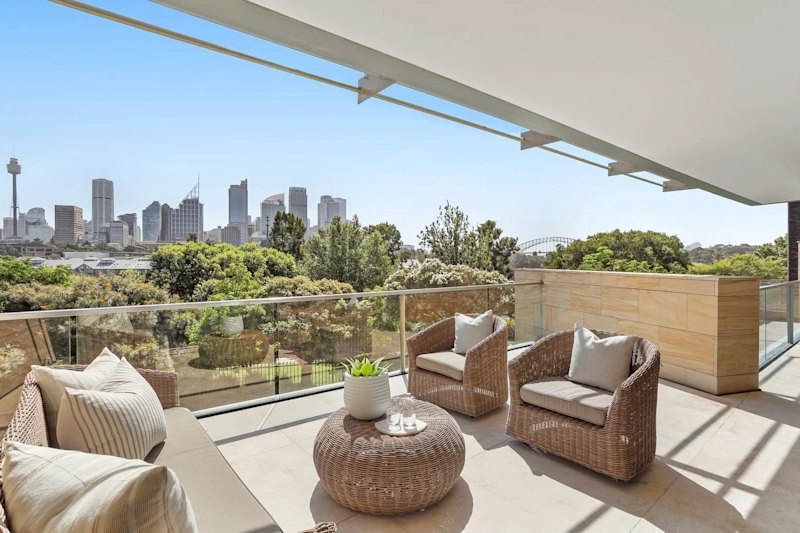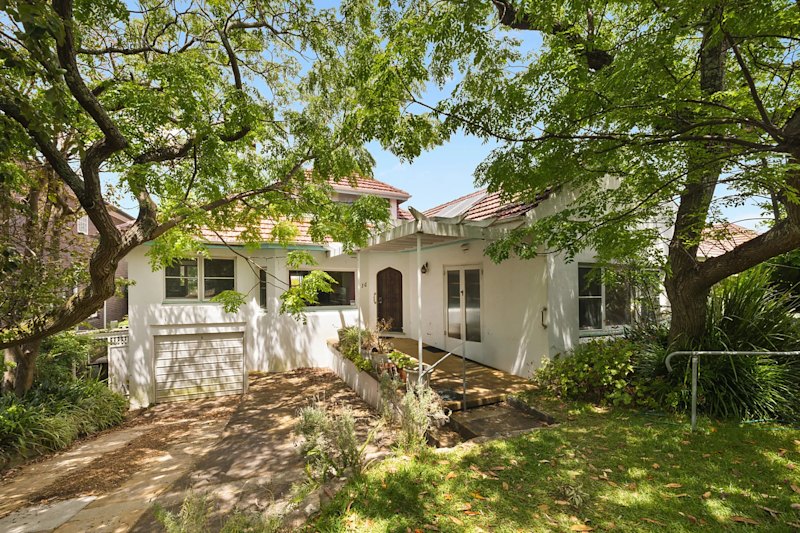Carlton: Where the same street can be home to the cheapest and priciest property
As characterful as it is, the pre-auction sale a fortnight ago of a one-bedroom, single-fronted Carlton Victorian cottage for $1.47 million left even the seasoned local realtors bemused.
As Woodards‘ Glenn Bartlett from the North Carlton office sees it, “that was a hefty price for a one bedroom but it shows you the market is prepared to pay a premium for MacArthur and Murchison Squares”.
Sold two years previously for $300,000 less, Nelson Alexander auctioneer James Pilliner says the result was a bit of a one-off. “But park-fronting houses are rare and the explanation is that it comes down to who is in the market.”
In one of the CBD’s closest residential areas — the Robert Hoddle-designed wide streets and green squares of Carlton — the real estate market is all over the place.
And who is buying includes international students, out-of-towners from the northern suburbs, locals who know the best streets, and Melbourne University, which can outcompete all for almost any property that comes up south of Grattan Street.
With the student accommodation buildings among the cheapest of all Melbourne property — “entry price”, Bartlett says, “being either side of $200,000 for 35 square metres” — co-existing with the $4 and $5 million Victorian renovated terraces in the streets around the Carlton Gardens, and in North Carlton and Princes Hill where the blocks are bigger, the varietal, village precincts have created a preposterously price polarised market.
“A fascinating market,” agrees Bartlett.
- Related: Ex-Carlton police station for sale
- Related: Student apartments: too good to be true?
- Related: Quieter times for coffee culture epicentre
Fascinating is that student accommodation, 70 per cent of which goes to foreign students, gains negligible capital value. Yet for the one third of the studio-scale stock owned by Victorian investors, the rental return is impressive. “After costs,” says Pilliner, “about six per cent.”
More impressive is the $5 million-plus sale record set a couple of months back by a five bedroom Victorian, mansion-scale Drummond Street terrace that had been refurbished under Nonda Katsalidis.
“That’s top of the market,” Bartlett says. “Anything south of Grattan Street, north of the Carlton Gardens or around the squares is premier Carlton.”
In his second domicile as a Carlton resident and living in a heritage-listed house in the heritage-protected streetscapes proximate to Carlton Gardens, Peter Quarry returned seven years ago and was delighted to find that even with an influx of students during term time, “Little Italy is alive and well”.
“There are still little old men sitting in cafes and speaking Calabrian, just as I remember from my university days in the ’70s,” he says. “And with a new influx of young Italians who come in their 20s on working visas and find they love it, the food, the vibe and the Italian-ness is undiluted”.
Though the generic look of the suburb is haute Victoriana with even the three-level terraces having their lacework verandas restored to full glory, and while Bartlett says there is a cessation in the building of student-dedicated high-rises, “because the market seems adequately supplied”, new buildings will still go up.
A sitting duck site for one such is an old Cobb and Co stable building converted to five small and funky apartments at 25 Queensbury Place. It has such potential value the four owners have banded together to sell it as one for a price expected to top $5 million. Through Nelson Alexander, the expressions of interest campaign will close on September 1.
“Although it a slice of history, in that part of Carlton it’ll probably be gobbled up by someone intent on redeveloping,” says Pilliner.
In that part of Carlton, but admittedly advantaged by facing the World Heritage-listed Exhibition Building across Rathdowne Street, the modern and elegant Garden House apartments are so tightly held that at $12,000-$14,000 per square metre, they are the most expensive of any recent Carlton apartment developments.
There you have it. In one suburb, two very distinct markets that have the most expensive and the cheapest property — sometimes living on the same street.
We recommend
We thought you might like
States
Capital Cities
Capital Cities - Rentals
Popular Areas
Allhomes
More
- © 2025, CoStar Group Inc.
